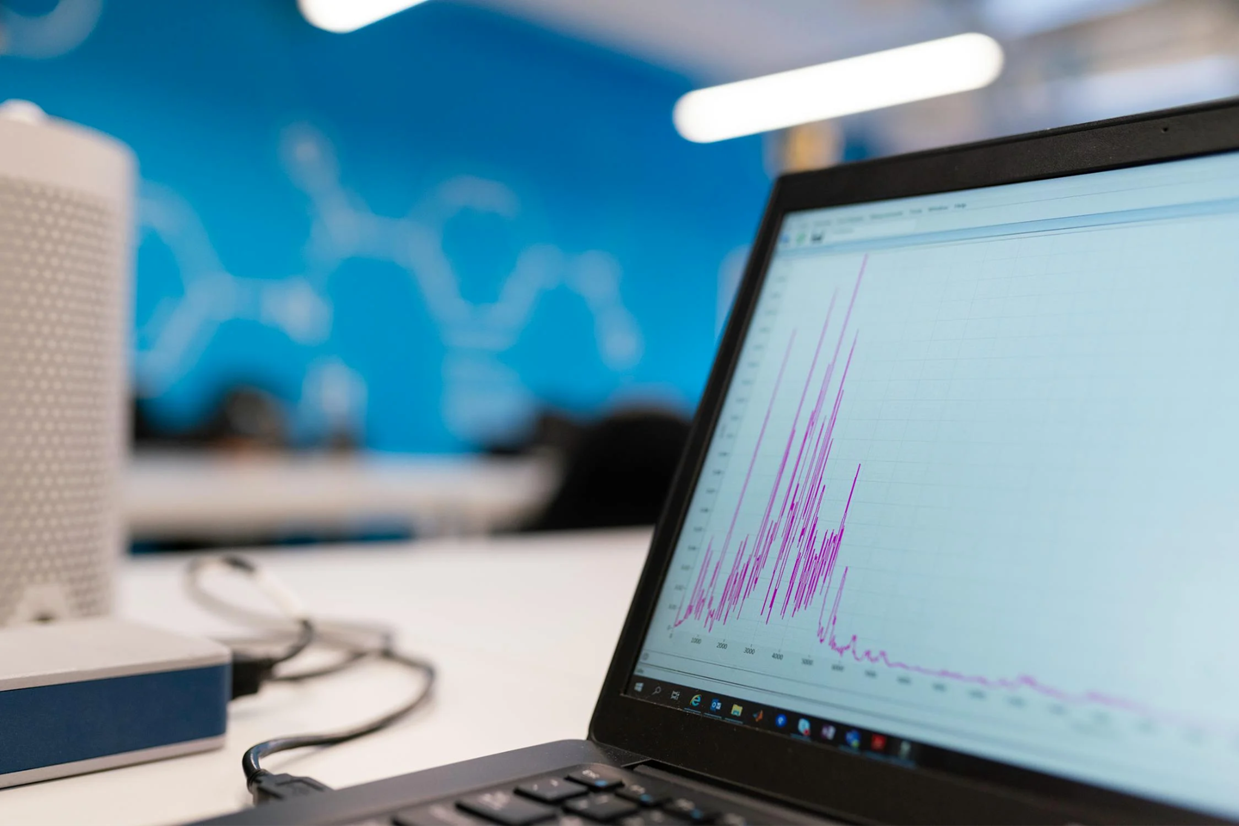Business intelligence is the key to making informed decisions, and Power BI gives you the tools to unlock valuable insights. Whether you need to analyze trends, visualize data, or create detailed reports, Power BI provides the flexibility and power to enhance your decision-making processes. Understanding how to maximize its capabilities ensures that your business operates efficiently and remains competitive.
With the right strategies, you can turn raw data into actionable intelligence. Learning how to connect, transform, and visualize data properly will give you a strong foundation in business intelligence. Mastering these elements allows you to make faster and more accurate decisions, giving you an edge over the competition.
Understanding Power BI and Its Capabilities
Data Connectivity and Integration
Power BI supports integration with various data sources, from spreadsheets to cloud-based databases. You can connect data from platforms like SQL Server, Google Analytics, and Azure, ensuring that your reports and dashboards remain up to date. The ability to merge and analyze information from multiple sources streamlines your decision-making process and enhances accuracy.
Data Transformation and Cleaning
Power BI’s Power Query Editor allows you to clean, reshape, and prepare data for analysis. You can remove inconsistencies, handle missing values, and create calculated columns to ensure that your datasets are structured correctly. With well-prepared data, your insights become more precise and meaningful.
Visualization and Reporting
One of Power BI’s greatest strengths is its ability to create compelling visualizations. You can design interactive dashboards that provide real-time insights into key performance metrics. Whether you need charts, maps, or custom visuals, Power BI enables you to present data in a way that is easy to understand and act upon.
Building Effective Data Models
Power BI allows you to create relationships between different datasets, ensuring that your reports reflect the true connections within your business data. Establishing efficient data models improves performance and enhances your ability to derive insights. Organizing your data correctly within Power BI improves efficiency and accuracy.
- Use relationships, hierarchies, and calculated tables to establish meaningful connections between different data points.
Proper structuring ensures that your reports and dashboards function seamlessly.
Optimizing Performance
Large datasets can slow down your reports, but Power BI offers optimization techniques to maintain speed and efficiency. Using aggregations, reducing unnecessary columns, and applying indexing techniques help improve performance. Ensuring that your data models are optimized leads to faster and more responsive analytics.
Using DAX for Advanced Calculations
Power BI’s Data Analysis Expressions (DAX) language allows you to perform advanced calculations and create custom measures. With DAX, you can calculate running totals, year-over-year comparisons, and dynamic metrics tailored to your business needs. Mastering DAX enables you to extract deeper insights from your data.
Enhancing User Interaction and Collaboration
Leveraging its interactive features empowers users across your organization to explore data and make informed choices. Engaging reports and dashboards lead to better business outcomes.
Controlling access to data ensures that users only see relevant information. Power BI’s row-level security (RLS) feature allows you to define user-specific permissions, protecting sensitive data while maintaining usability. Custom security settings enhance data privacy and compliance.
Creating Interactive Dashboards
Interactivity enhances user engagement and allows stakeholders to drill down into specific data points. Crafting a Power BI survey can further enhance interactivity by gathering user inputs dynamically, allowing for more tailored insights. With slicers, filters, and tooltips, Power BI enables users to customize their view of the data. Providing an interactive experience helps users extract meaningful insights on demand.
Power BI Service and Sharing Options
Sharing reports and dashboards is crucial for collaboration. Power BI Service allows you to publish, schedule refreshes, and share insights across your organization. Whether you distribute reports via email, embed them in applications, or use Microsoft Teams, Power BI ensures that insights reach the right people.
Leveraging AI and Advanced Features
Power BI incorporates artificial intelligence to enhance data analysis and uncover patterns that might go unnoticed. Utilizing these features helps you make smarter, data-driven decisions by identifying trends and predicting outcomes. AI-driven insights give you a competitive advantage in an increasingly data-centric world.
Power BI integrates AI-powered visuals such as Key Influencers and Decomposition Trees, which help you analyze complex datasets more effectively. These tools allow you to identify factors driving specific outcomes and explore relationships between variables. Using AI-driven visuals simplifies analysis and enhances decision-making.
Automating Insights with Power Automate
Power BI works seamlessly with Power Automate to streamline workflows and automate data-driven actions. By setting up automated alerts, report updates, and scheduled data refreshes, you ensure that decision-makers always have access to the latest information. Automation reduces manual effort and improves efficiency.
Forecasting and Predictive Analytics
Power BI’s forecasting tools allow you to anticipate future trends based on historical data. By leveraging predictive analytics, you can make proactive business decisions and optimize strategies. Understanding patterns and forecasting outcomes helps you stay ahead of market shifts.
Best Practices for Long-Term Success
Establishing clear governance, maintaining data accuracy, and continuously optimizing reports enable your organization to make better decisions over time.
Data governance ensures that your business intelligence strategies remain effective and compliant. Setting up data policies, access controls, and quality standards maintains the integrity of your insights. A well-defined governance framework supports consistent and reliable reporting.
- Regularly review and update reports to keep your insights relevant.
- Monitoring usage metrics, gathering user feedback, and refining dashboards improve the effectiveness of your analytics.
Training and Adoption Strategies
Encouraging user adoption through training and support maximizes the impact of Power BI. Providing workshops, documentation, and hands-on guidance empowers employees to use Power BI effectively. A well-trained team ensures that data-driven decision-making becomes a core part of your business strategy.
Conclusion
Power BI gives you the ability to transform data into actionable intelligence, but its effectiveness depends on how well you use it. By structuring your data models properly, leveraging AI-driven insights, and implementing best practices, you ensure that your business intelligence strategies remain powerful and efficient.
Investing time in learning Power BI’s full capabilities positions your business for long-term success. With the right approach, you can turn complex datasets into meaningful insights that drive growth and innovation.







